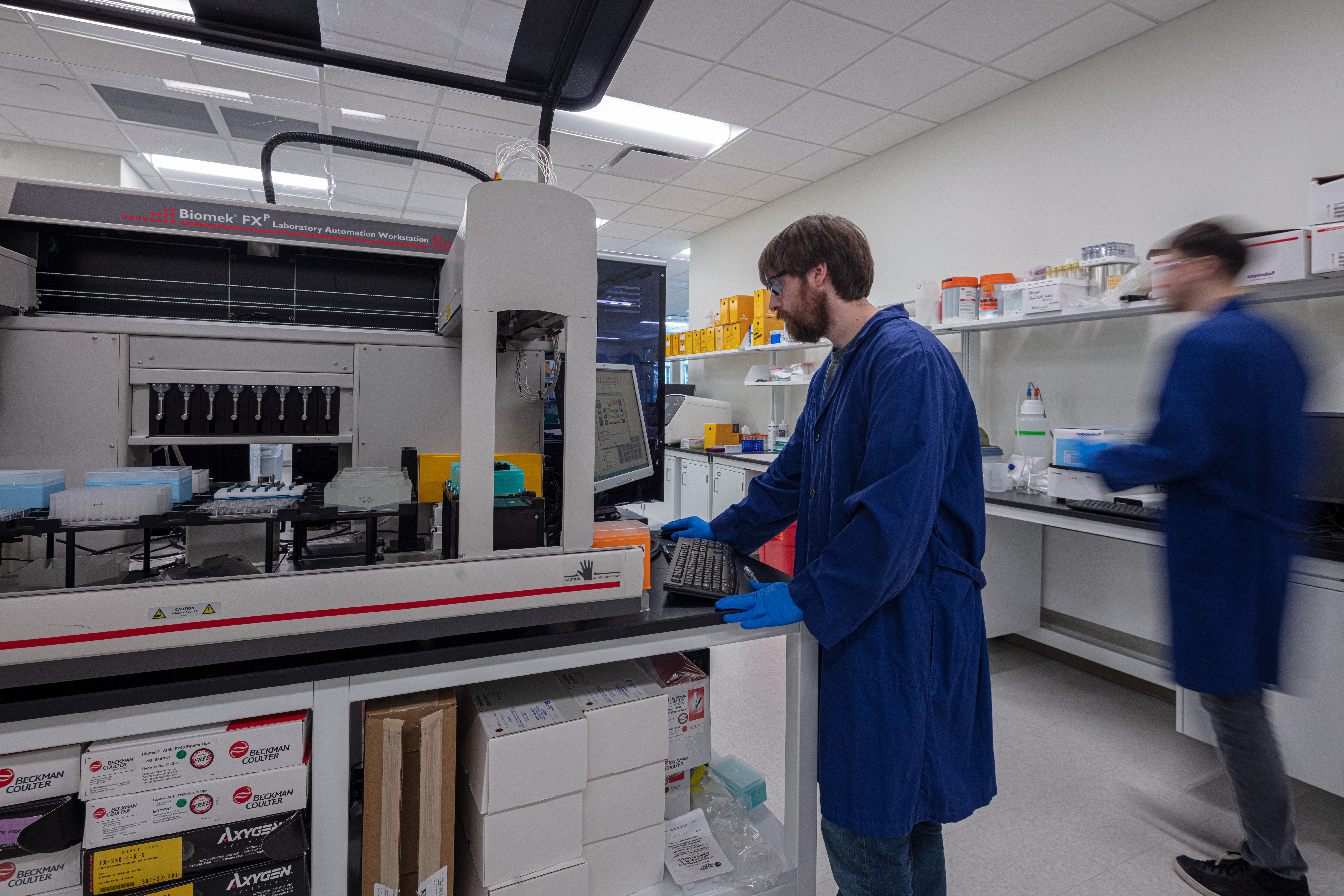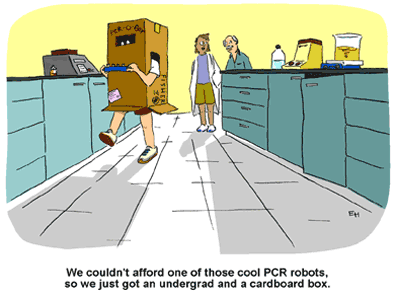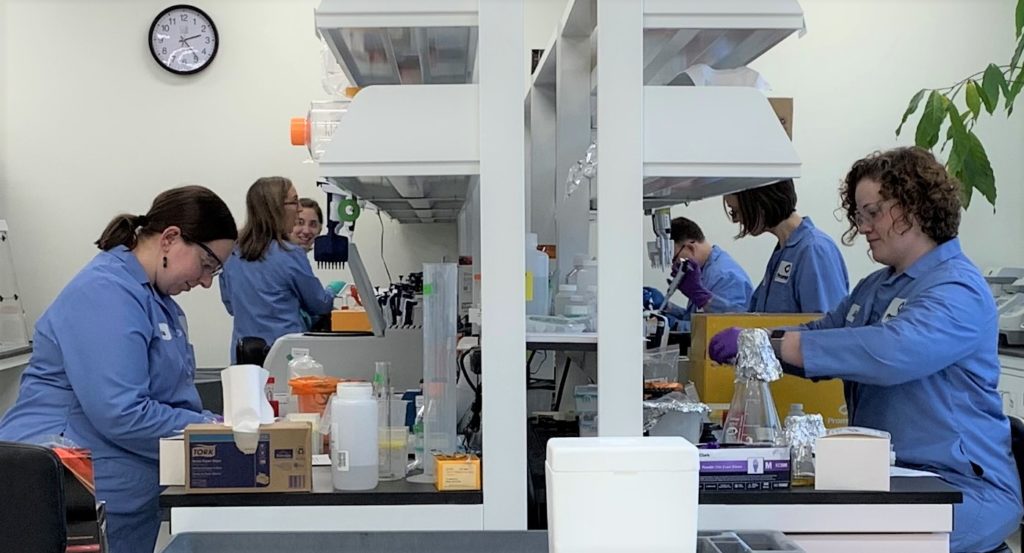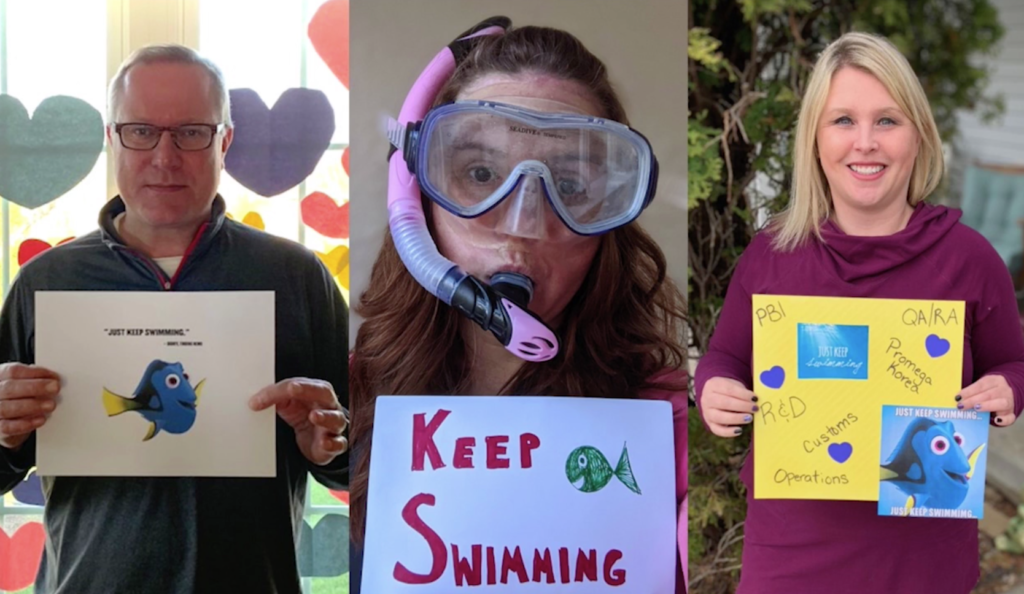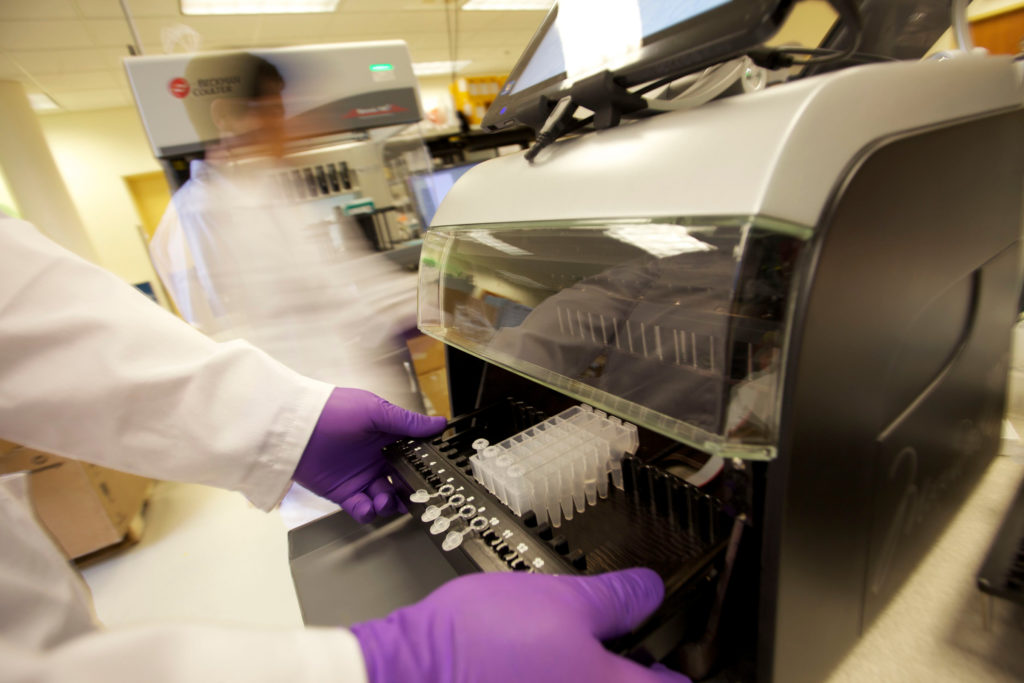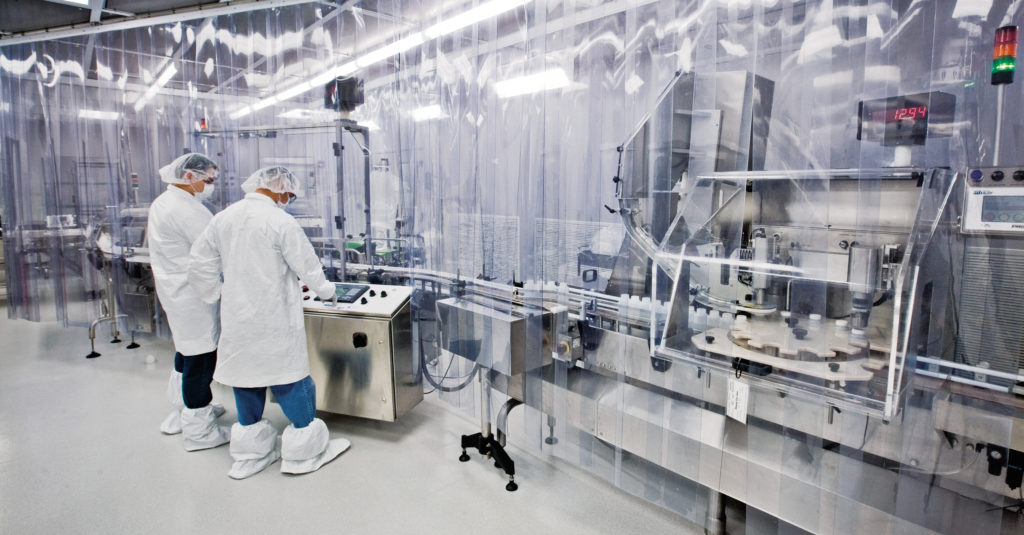Today’s blog is written by guest blogger, Erin Schuster, Quality Specialist at Promega.
Change is not easy. It can be challenging and even frustrating at times. Yet, the outcome of change can be incredibly beneficial and rewarding. As a result of the COVID-19 pandemic, many of us are finding ourselves in out-of-the-norm situations and circumstances. Change may be exactly what we need in order to adapt and move forward.
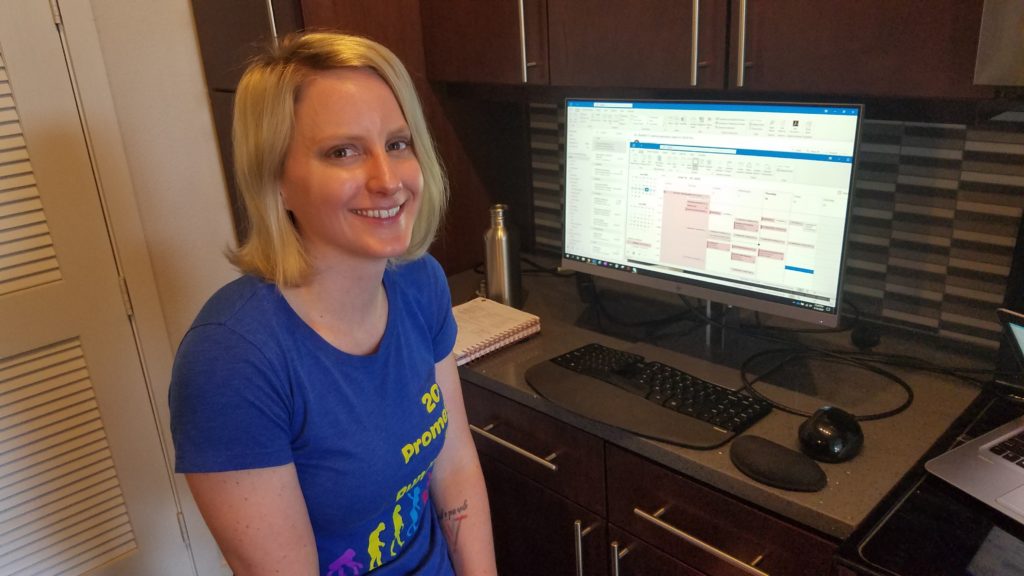
As a quality assurance specialist, I’m very familiar with the processes that can be associated with change. In order to make changes related to the design, manufacture or testing of medical devices and related products, an organization must have clearly defined expectations and instructions within Standard Operating Procedures. Procedures are a key component of the quality management system. Not only do they communicate best practices, but they’re required for compliance to applicable regulations and standards. These procedures, regulations, and standards help ensure products are safe, effective and of high quality.
Unlike changes to medical devices, the process to make life changes does not have a standard operating procedure. Best practices may vary from person to person. There are no regulations or standards to follow. Left to our own devices, we may procrastinate and never quite get around to making the change. Or if unsure of how to even begin, we may feel anxious and overwhelmed, giving up before even starting. I have experienced both scenarios and know I will again.
I am a quality assurance specialist, and I am also a human being. I have made many changes to myself and aspects of my personal life, as well as having supported many change orders and product changes throughout my career. Reflecting on these experiences, I realize there are universal themes within the change control process and change orders that can be extended to any kind of change.
Continue reading “Working Through Change: Quality Assurance Insight on Change Orders and Life”